Review: Samsung Rugby Smart for AT&T
Mar 13, 2012, 3:34 PM by Eric M. Zeman
Saumsung's latest Rugby device offers both brains and brawn with Android and a rugged shell. Find out if this tough phone is the right phone for you in Phone Scoop's full review.
Form
Is It Your Type?

For the adventurer who spends more time outdoors than in, many of today's top smartphones won't cut it — they're simply not tough enough. Enter Samsung and the Rugby Smart. The Rugby Smart, as the name so aptly implies, takes Samsung's rugged Rugby line and throws in Android 2.3 Gingerbread to take things to the next level. The result is a Terminator-tough device that not only survives abuse, but comes back for more.
Body
Most rugged phones are designed with function and not form in mind. That means they are typically heavy, blocky, and often resemble a Mack truck. The Samsung Rugby Smart manages to break free of this mold and set a new benchmark for rugged phones.
Sure, it's an obsidian slab of black plastics, rubber, and glass, but it is also thin and light, and somewhat futuristic in its overall appearance. The industrial design looks tough from afar, with nodules and a screw on the back, ribbed side edges, and large rubber buttons on the front. There's nothing dainty or feminine about the Rugby at all. It's masculine to the core, and could easily fit in with the other gear on Batman's utility belt.
The Rugby feels strong as hell. It's one, solid smartphone. It's not overly large, as many of Samsung's recent devices have been, and is instead a really comfortable size for extended use.
The outer edges are coated in a substance that feels like fortified rubber. It's not mushy, but it's not overly stiff, either. The battery cover resembles carbon fiber in appearance, and has a good texture to it. There's a screw on the bottom that locks the battery cover in place to protect the Rugby's innards from water. There are four nubs on the battery cover, one in each corner. When placed on a flat surface, these little nubs act as tiny feet, lifting the back surface about 1mm off the desk, table, etc.
The four Android controls on the front take the form of rubber buttons, as mentioned above. They couldn't be easier to find and use, and offer great travel and feedback. The volume toggle is on the left edge. It's easy enough to find, but travel and feedback are a bit mushy. One cool feature: Press and hold the up volume directional on the toggle to activate the flashlight. The power/screen lock button is on the right side of the Rugby. It's easy to find, and the travel and feedback are good.
The 3.5mm headset jack is on top, and the microUSB port is on the bottom. Both are protected by water tight hatches. This means it takes a bit of work to pry them open. Since they prevent water from getting into the phone, I can live with the finicky hatches.
For similar reasons, the battery cover is a bit of a pain to remove. You have to unscrew the screw with a coin and then really work your fingernails under the edges to release the cover from all the clasps. The microSD memory card is, unfortunately, located under the battery.
As for toughness, I let my kids play with the Rugby for the weekend. Since they are 5 and 7, they dropped the Rugby dozens of times onto concrete, wood, linoleum, and ceramic tile floors, as well as my driveway. It survived all the drops with no problem. I also put in on the floor of my car with a couple of small 5-lb dumbbells and drove a ton of s-curves. The dumbbells rolled over the phone repeatedly and didn't leave a single mark.
If you're the crazy type and forget to empty your pockets before jumping fully clothed into a swimming pool, the Rugby has your back. It can last for 30 minutes under a meter of water. I held it under running water for a while and the Rugby took its cold shower like a champ.
The Three S's
Screen
The Rugby's display measures 3.7 inches and includes 800 x 480 pixels. The result is a sharp display that looks surprisingly good. Truth to tell, I was prepared to see a low-cost display on this phone, but was quite pleased with the high-quality OLED panel chosen by Samsung instead. Colors are accurate, and I was able to see the screen when outside under direct sunlight.
Signal
The signal indicator at the top of the Rugby's screen says "4G", but this is not an LTE device. It uses AT&T's HSPA+ network. The Rugby performed on par with other AT&T devices in the same areas. I didn't have any trouble connecting calls or zipping across the internet when there was a strong signal. Under the worst network conditions, the Rugby offered slower data sessions and dropped one call. I missed two calls while testing the Rugby.
Sound
Voice calls were acceptable, but not great. The earpiece volume is good when set all the way up, but may not be loud enough for some users. I noticed a lot of static and hissing during voice calls. It wasn't intrusive, but I could hear it just the same. The speakerphone is absolute junk. Not only is the volume pathetic, but the quality is horrid. I expected megaphone volume capabilities from this device, and was sorely disappointed. Ringers aren't loud enough, even when set all the way up. It's easy to miss a call in noisy places. The vibrate alert is decent.
Battery
The Rugby has a 1650mAh battery tucked inside and it delivers a full day of use with no problem. I used the Rugby with the GPS and Wi-Fi radios on, and with email and social networks set to sync pretty much constantly. Toss in some phone calls, some music playback, and web browsing, and I'd call that a pretty normal day. The Rugby still had enough power left over the following day to get me through lunch.
Basics
Menus
The Rugby runs Android 2.3.6 Gingerbread with the current skin from Samsung on top. There are seven home screen panels that can be stuffed with apps, shortcuts, or widgets. The main app menu is laid out in an alphabetical grid, but it can be switched to a list view or a customizable grid.
The lock screen offers shortcuts to missed calls and text messages. They'll appear as a notification near the top of the lock screen. Instead of swiping from the bottom to the top (which is how you would normally unlock the Rugby), put your finger on the notification alert and swipe it off the screen. That will take you to the call log or the messaging app instead of to the home screen. I wish there were permanent lock screen shortcuts to the camera and other apps, but at least these offer quick access to vital communications.
Beyond these, the Rugby acts as any other Android smartphone would.
Performance of the device was great. It was speedy throughout the user interface, and I didn't see any hiccups or problems. The home screen panels fly past as you swipe through them, and apps open quickly.
Calls/Contacts
The Rugby runs stock Android versions of the calling and contact applications. The phone app is one of the default shortcuts at the bottom of the home screen panels, though it can be removed if you wish.
The calling app has a large software dialpad and four tabs that run along the top for accessing the call log, contact app and favorites. In-call options run the typical offerings, including speakerphone, mute, and add a line. You can add direct-dial shortcuts to the home screen, but disappointingly there's no widget for your favorite contacts.
Using the phone and contact software is simple and straightforward.
Messaging
The Rugby doesn't deviate from the norm when it comes to messaging. All of the stock Android messaging applications are on board, including email, Gmail, text messaging, and Google Talk. They all work without any trouble.
As for social networking, the Rugby comes with Samsung's Social Hub. This can be used as a catch-all app for Facebook, Twitter, and LinkedIn. It will channel all your status updates through this app, as well as private messages from each of the three services. You can use it to post a status update, as well.
There's a separate IM application on board, too, which plays with AIM, Yahoo!, and Windows Live if you want.
The native Facebook app is preinstalled, but Twitter is not. You'll have to snag that from Google Play (née, Android Market). The same goes for Google+; it's not pre-installed, but is available from the app store.
Qik is available if you're into the whole video call thing, but your friends/family will also need to have Qik on their phone to make it work. Qik doesn't play nice with FaceTime, Skype, or any of the other video calling services out there.
Extras
Media
Music
The default music player is the newest version of Google Music/Google Play. It uses the newer software and can stream music (that you've previously synced with Google's servers) over the network if you wish. With Google Play, you can also purchase music directly from the Rugby and sync it to your device or leave it in the cloud.
There's also a simple app that can be used to play your side-loaded tunes if you want to avoid the whole Google Music thing.
There aren't any third-party music apps, such as Slacker, Pandora, or MOG on board. You'll need to discover those for yourself.
Video
The Rugby has the stock video player application on board. This player will work with content you've recorded with the Rugby, side-loaded content, as well as any movies you've purchased/rented from Google Play. It's a bare-bones type application, but functions well enough.
If you want to download movies, you can do so from Google Play, as well as from the Samsung Media Hub, which is preloaded. The only other video app on board is the standard YouTube app.
Camera
Camera
The Rugby uses the same camera software as found on other phones from Samsung. The viewfinder window is busy with controls running down both sides. On the left, users can switch to the front camera, set the flash, or dive into a fuller settings menu. There's no physical camera button.
The full camera settings menu is extensive and lets advanced users adjust nearly every facet of the camera and picture-taking experience. Exposure, scene, metering, ISO, and more can all be tweaked.
The Rugby has touch-to-focus, and will lock onto anything you want in the viewfinder. Focusing is extremely fast.
The camcorder software behaves in exactly the same manner as the camera.
Gallery
The Rugby makes use of the stock Android 2.3 photo gallery software. Images are stored in floating stacks based on date. The view of the gallery can also be switched to a more linear timeline view.
The gallery is also excellent when it comes to editing photos. It supports a wide range of tools for adjusting images after the fact (effects, color, brightness, fine-tuned selector tool, crop, rotate, etc.), and makes sharing images through MMS, email, social networks a breeze.
For the even more adventurous, the Rugby includes a third-party photo editing tool that offers another avenue for adjusting images after the fact. I didn't see any stand-out features that make it more compelling than the stock photo editing tool, but the user interface is a bit friendlier.
Photos/Video
Photos
The Rugby's 5-megapixel camera does an admirable job. The images I captured with it were in focus, showed good white/color balance, and exposure was spot on. Shots taken outdoors under the sun looked impressive. Indoor shots, as is normal, showed a bit more grain than outdoor shots, but still looked good. The bright flash goes a long way to making sure those pix of your friends turn out well. In all, the Rugby can certainly serve to replace a point-and-shoot.
Video
The Rugby shoots video at a maximum of 720p HD resolution. The sample video I took looked very good. I was pleased with the focus and sharpness of the video, and the amount of detail visible. Color was a bit off, though. In the sample video below, you'll notice that my skin looks a bit orange. I assure you, I skipped the spray-on tan before shooting the sample. The blues look OK, though.
Bottom line, the Rugby's video camera does a mostly fine job at recording video.
Browse/Customize
Browser
The Android browser does a fine job at rendering both mobile and full HTML web sites on the Rugby's screen. The software and controls for the browser are well known and worked as they should. The Rugby is a decent little mobile web browsing machine when under good network conditions. Data speeds suffered a bit under poor coverage, but didn't come to a complete halt. It's not the fastest phone out there, but it is better than average.
Customize
The user interface skin from Samsung is so light that you might not even notice it. The most obvious treatment is the tool used to customize the home screens. Press and hold one of the home screen panels to activate the tool, which lets you sort between widgets, apps, and shortcuts from a single screen. Once you've chosen what type of content you want to place on the home screen, a little carousel of options appears along the bottom of the screen. Swipe back and forth through the carousel to access different widgets, etc.
Stuff like wallpapers, ringtones, alerts, and other stuff like that can be altered at will.
Extras
Apps
The Rugby is not as chock-full with bloatware as other offerings from AT&T, but it has plenty of apps on board. Some of the AT&T stuff includes Code Scanner, FamilyMap, Navigator, Live TV, myAT&T, and the Yellow Pages. Samsung's Media and Social Hubs are accounted for, as are Kies Air and a handful of others. Some of these apps can be deleted, some cannot. Even with all this stuff taking up space, there's an additional 2.6GB of memory available to the user.
Bluetooth
I was able to connect the Rugby to Bluetooth headsets, phones, tablets, and PCs with no problem. Voice calls routed via Bluetooth to my car's speaker system sounded terrible. The quality was downright miserable. Music sent to a set of Bluetooth speakers fared much better.
Clock
The clock is visible on the lock screen in large, white numbers at the bottom. You have to be careful with your wallpaper, as light-colored backgrounds make the clock really hard to see. Choose a darker wallpaper if you really want to be able to tell the time at a quick glance.
GPS
AT&T Navigator and Google Maps are both available on the Rugby. They both work well at general mapping tasks, such as routing directions and searching for nearby point of interest. The AT&T Navigator app costs $10 to use per month, while Google Maps is free.
Wrap Up
The Rugby Smart is a neat little smartphone from Samsung. It's not a fully ruggedized tank, but it's tough enough to endure the daily trials and tribulations of an active lifestyle that might wreak havoc on lesser smartphones.
About the only bad thing I can say about it is the fuzzy-sounding voice calls and the not-loud-enough ringers. Otherwise, the Rugby Smart hits the mark almost everywhere else. It has solid battery life, zippy software performance, good media options, and all the essentials packed together in one, durable little shell.
If you need a smartphone that's more likely to actually live to see the end of its two-year contract, the Rugby Smart, which offers both brawn and brains, is a solid choice from AT&T.

Comments
I would totally get this if.....
not a bad device...


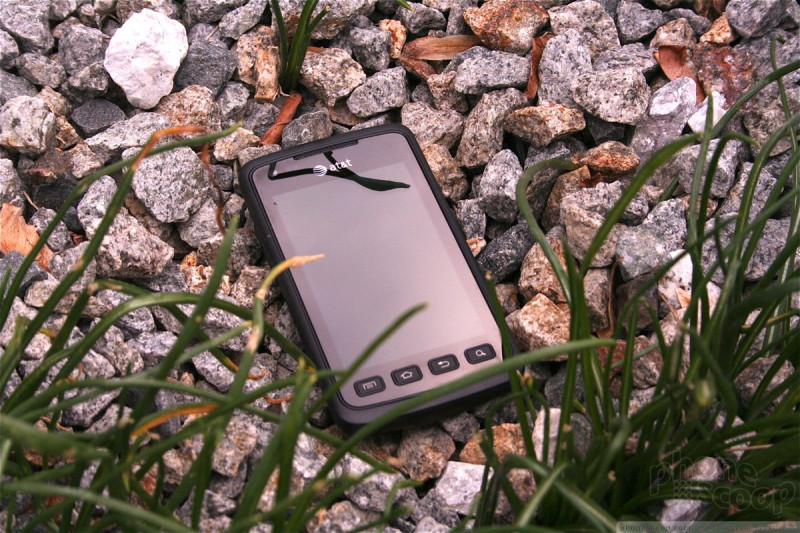























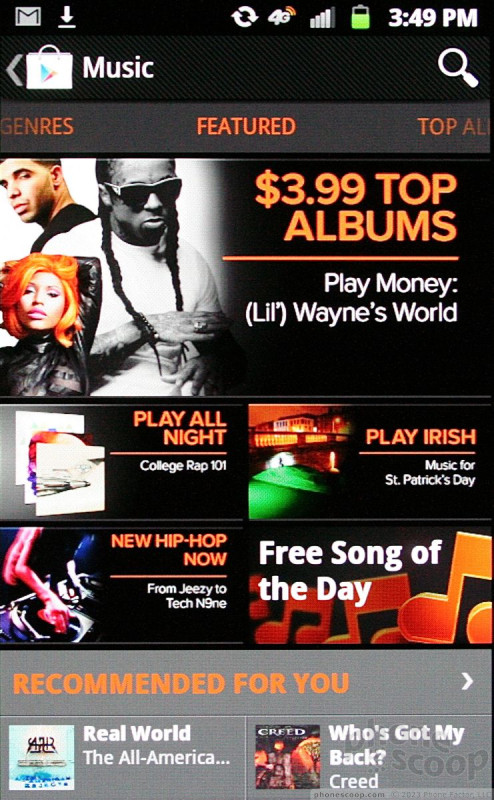



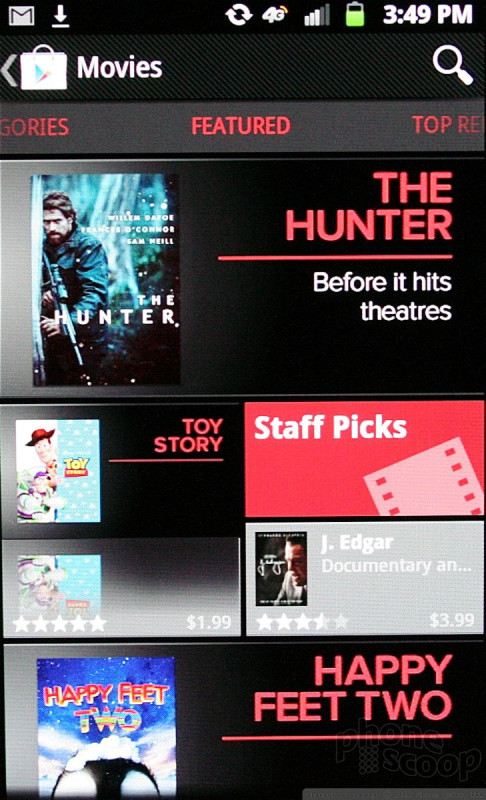




















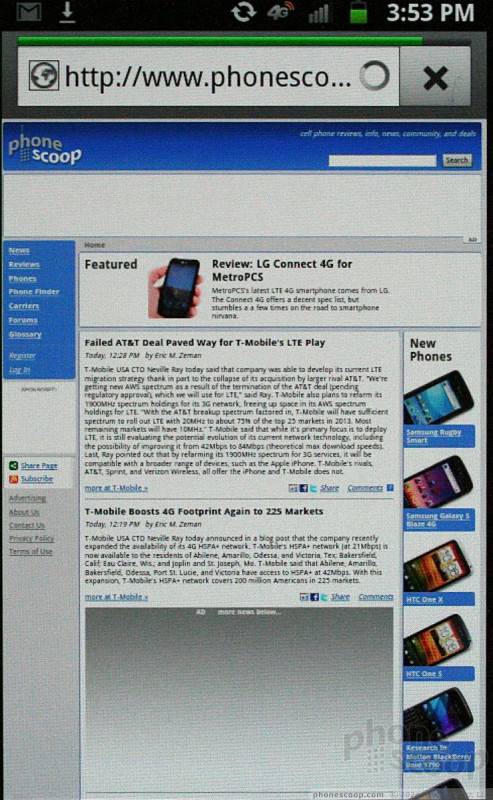



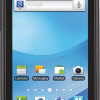 Samsung Brings Android to Rugby Line
Samsung Brings Android to Rugby Line
 Samsung Refreshes Galaxy S Series with S Pen, New Cameras
Samsung Refreshes Galaxy S Series with S Pen, New Cameras
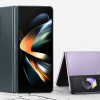 Samsung Refines its Foldable Phones
Samsung Refines its Foldable Phones
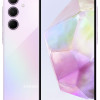 Samsung Expands Mid-Range Lineup with Galaxy A35 5G
Samsung Expands Mid-Range Lineup with Galaxy A35 5G
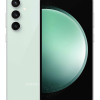 Samsung Brings Back the FE for its Galaxy S23 Series
Samsung Brings Back the FE for its Galaxy S23 Series
 Samsung Rugby Smart
Samsung Rugby Smart




